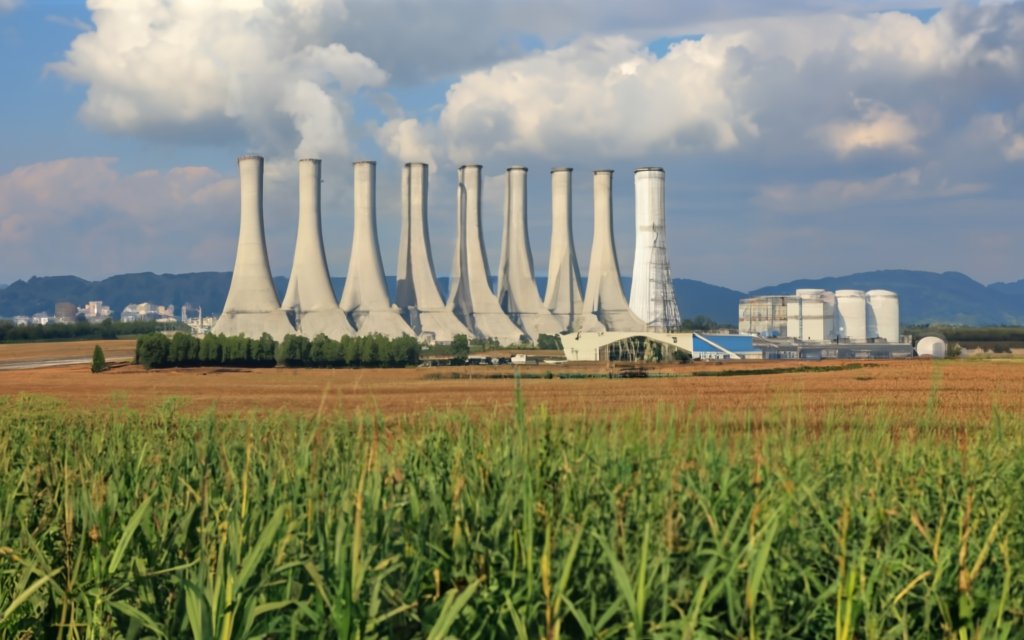The Evolution of Biomass


Biomass has been used as a renewable energy source for thousands of years, dating back to when early humans first burned wood to provide heat and light. Over time, our use of biomass has evolved and expanded tremendously. This article provides an overview of how we have harnessed the power of plant and animal matter over the centuries, leading up to our current technologies and applications.
Energreen 2023-11-19
The use of biomass energy started with primitive humans building fires for cooking, warmth and protection. Burning wood from trees and shrubs provided a controllable fire that could be started on-demand, unlike waiting for lightning strikes. The earliest evidence of manmade fires dates back over a million years ago. Fire allowed us to cook food, improving digestion and enabling the consumption of a wider variety of plant and animal sources. It also provided light, security and meant groups could settle in colder environments. Wood fires helped humankind expand around the globe.

In addition to burning wood, early civilizations like Mesopotamia, Ancient Greece and Rome relied on burning animal dung, straw and other agricultural residues for daily cooking and heating needs. The first furnaces and chimneys appeared during the Middle Ages in Europe, improving the control and use of fire. Wood and biomass remained the key energy sources globally up until the mid-19th century.
The Industrial Revolution in the 1800s brought along more diversified applications of biomass. Forest resources were unable to supply enough wood for the steam engines used in early manufacturing. This drove the progression from wood to coal as a fuel source. Biomass energy also transitioned from just burning wood and waste to producing liquified biofuels from energy crops.
In the 1860s, the first internal combustion engines running on ethanol and plant oils were developed. Rudolph Diesel demonstrated his engine powered by peanut oil at the 1900 World Exhibition in Paris. Vegetable oils, animal fats and ethanol from corn and sugarcane provided renewable alternatives to increasingly scarce petroleum supplies. However, the discovery of large petroleum reserves and ease of use meant biofuels were sidelined in the first half of the 20th century.

Other modern biomass applications emerged including the generation of electricity from wood, agricultural waste and urban organic trash. In the 1930s, power plants in the US began connecting biomass gasifiers that converted wood into a combustible gas for electricity production. The global oil crises of the 1970s revived interest in biofuels as substitutes, giving rise to modern biodiesel and corn ethanol industries.
Now biomass accounts for about 5% of energy used in the US and 10% globally. Alongside biofuels for transportation, biomass provides renewable power from waste products as well as dedicated energy crops. Modern biomass power plants utilize not just crop residues and wood, but also municipal solid waste, food processing leftovers, animal manure, sewage and landfill gases.
Advanced technologies like gasification, pyrolysis and anaerobic digestion allow more efficient energy extraction from diverse biomass sources. Combustion is still the most common method of power generation. Combined heat and power (CHP) systems maximize efficiency by capturing waste heat for heating applications. Co-firing with coal also helps renewable energy integration.

Current biofuel sources include corn, sugarcane, soybeans and crop residues processed into ethanol, as well as fats, greases and vegetable oils made into biodiesel. Research is underway on deriving biofuels from non-food sources like switchgrass, algae and agricultural waste. These advanced biofuels have potential for higher energy yields with lower lifecycle emissions compared to conventional options.
While questions remain about biomass sustainability with regards to land use changes and food crop utilization, plant and waste matter will continue providing renewable alternatives to fossil fuels. With responsible production, biomass can play an expanding role in creating green energy solutions for the future.
Energy.gov - History of Biomass https://www.energy.gov/eere/bioenergy/history-biomass
IEA Bioenergy - Biomass for Energy https://www.ieabioenergy.com/wp-content/uploads/2018/01/Biomass-for-Energy-2017-1page.pdf
US Energy Information Administration - Biomass Explained https://www.eia.gov/energyexplained/biomass/